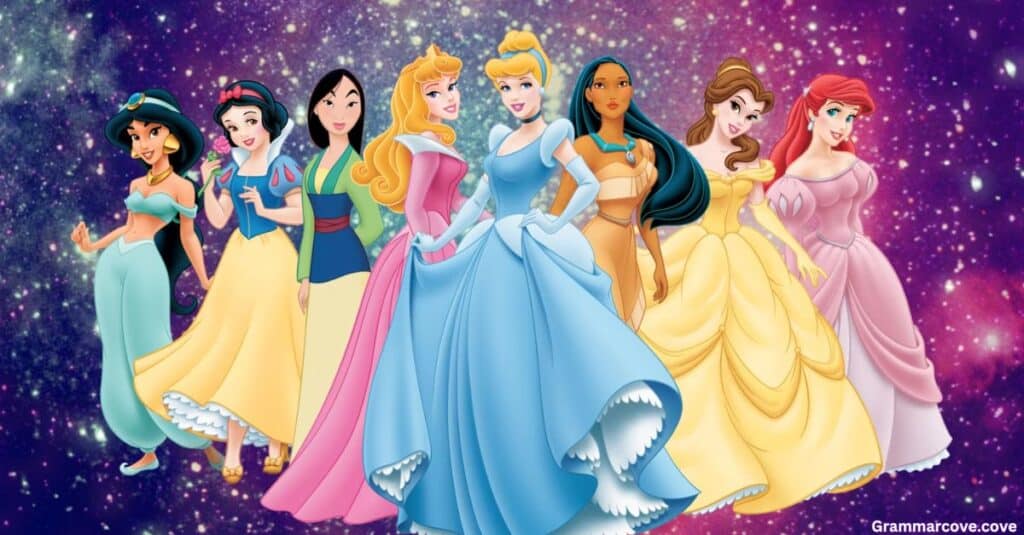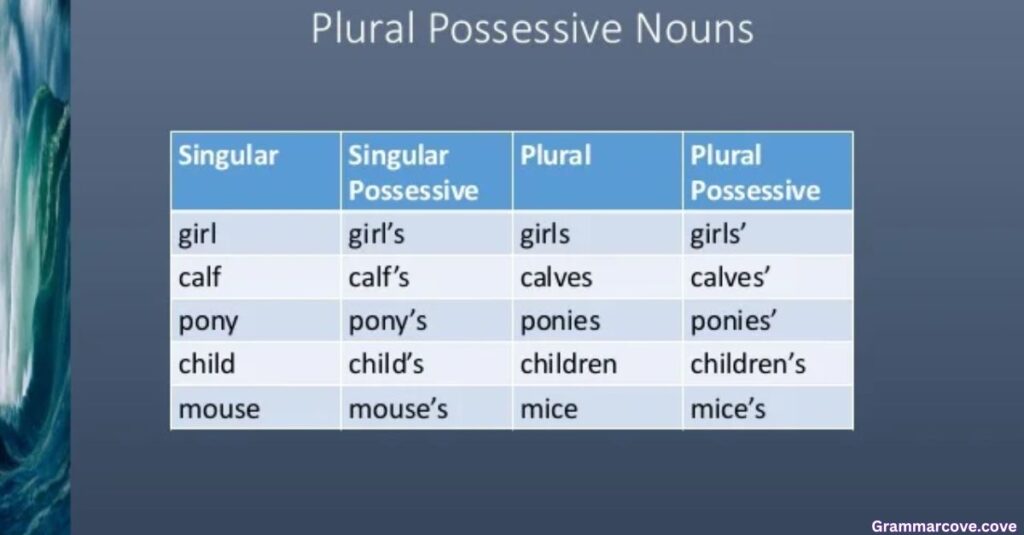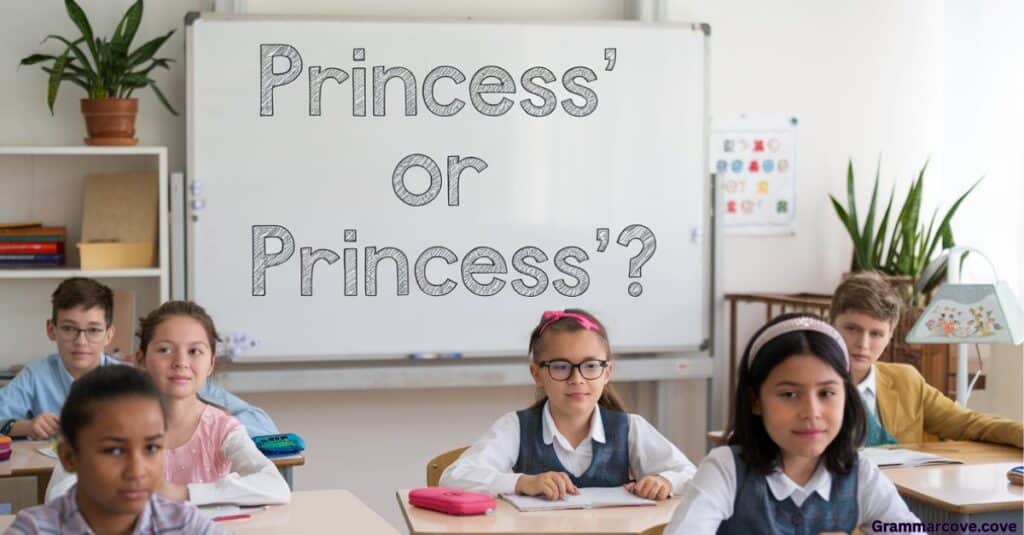
When it comes to English grammar, few topics spark as much debate as the proper use of possessive forms. One common question many writers grapple with is whether to use “Princess’” or “Princess’s.” Understanding the difference between these forms not only sharpens your writing but also enhances your ability to communicate clearly.
\ In this guide, we’ll break down the nuances of singular possessive and plural possessive forms, providing practical examples to illustrate correct usage.
What Are Singular and Plural Forms?
Before diving into possessive forms, let’s clarify the basics of singular and plural forms.
Singular Form
The singular form refers to one item or entity. For example, “princess” represents one royal female figure.
- Example: “The princess wore a beautiful gown.”
Plural Form
The plural form denotes more than one item or entity. In the case of “princess,” the plural form is “princesses.”
- Example: “The princesses danced gracefully at the ball.”
Understanding Possessive Forms
Possessive forms indicate ownership or association. When you want to show that something belongs to someone, you use the possessive form.
Singular Possessive Form
To form the singular possessive, you typically add an apostrophe followed by “s” to the singular noun. This indicates that one person owns something.
- Example: “The princess’s crown sparkled in the light.”
Here, “princess’s” shows that the crown belongs to the princess.
Plural Possessive Form
For the plural possessive, if the plural noun ends in “s,” you simply add an apostrophe after the “s.” If it doesn’t end in “s,” you add “‘s” to form the possessive.
- Example: “The princesses’ gowns were all different colors.”
In this case, the gowns belong to multiple princesses, thus we use “princesses’.”

Common Confusion: Princess’ or Princess’s?
This brings us to the central question: should it be “princess’” or “princess’s”?
The Rule
In American English, the correct usage is to use “princess’s” for the singular possessive form. Although some style guides may allow for “princess’,” using “princess’s” is the most accepted practice in modern writing.
- Example in Email: Subject: Update on the Event Hi Samantha, I wanted to confirm that the princess’s arrival is scheduled for 4 PM tomorrow. We’ve arranged a special welcome for her at the main entrance. Best,
Jane
Examples of Possessive Forms in Context
Singular Possessive in a Scenario
Let’s explore more scenarios that highlight the singular possessive form:
“The princess’s smile brightened everyone’s day.”Here, “princess’s” indicates that the smile belongs to one princess.
Plural Possessive in a Scenario
Now, consider a situation involving the plural possessive form:
- Example: “The princesses’ outfits were a hit at the festival.”
In this instance, the outfits belong to multiple princesses, hence the use of “princesses’.”

Quick Reference: Singular vs. Plural Possessive
| Form | Example | Usage |
|---|---|---|
| Singular Possessive | The princess’s dress | One princess owns the dress |
| Plural Possessive | The princesses’ dresses | Multiple princesses own the dresses |
Summary of Possessive Forms
Here’s a concise breakdown of the different possessive forms for clarity:
| Type | Form | Example | Notes |
|---|---|---|---|
| Singular | princess | One princess | Refers to one royal figure |
| Plural | princesses | Multiple princesses | Refers to more than one royal figure |
| Singular Possessive | princess’s | The princess’s crown | Ownership by one princess |
| Plural Possessive | princesses’ | The princesses’ gowns | Ownership by multiple princesses |
More Examples of Correct Usage
Email Scenario: Singular Possessive
Subject: Gift for the Princess
Hi Tom,
I need your input on the princess’s gift for her birthday. Any ideas?
Thanks,
Alex
Email Scenario: Plural Possessive
Subject: Final Plans for the Gala
Dear Team,
Let’s finalize the princesses’ seating arrangement for the gala tonight.
Cheers,
Sara
Why Correct Grammar Matters
Using correct grammar not only improves the clarity of your writing but also reflects professionalism. Misusing possessive forms can lead to confusion or misinterpretation.
English Grammar and Its Impact
Consider the following:
- Incorrect: “The princess’ gown was lovely.”
- Correct: “The princess’s gown was lovely.”
While some may argue about variations, sticking to correct grammar ensures your message is clear.

Conclusion: Mastering Possessive Forms
Understanding when to use singular possessive and plural possessive forms is essential for clear communication. As we’ve seen, the choice between “princess’” and “princess’s” favors the latter in modern English grammar.
Whether you’re crafting an email, writing a report, or composing a story, keep these rules in mind. Mastering the possessive form enhances your writing skills and helps convey your message effectively.
Feel free to refer back to this guide whenever you need a refresher on using possessives correctly. With practice, you’ll become confident in distinguishing between singular and plural possessive forms, making your writing shine.


